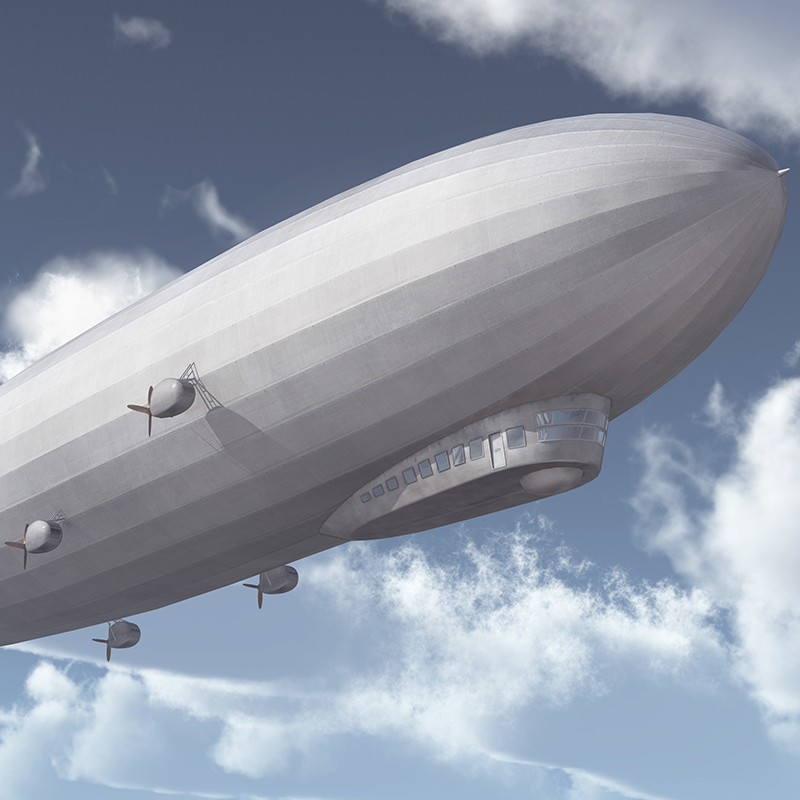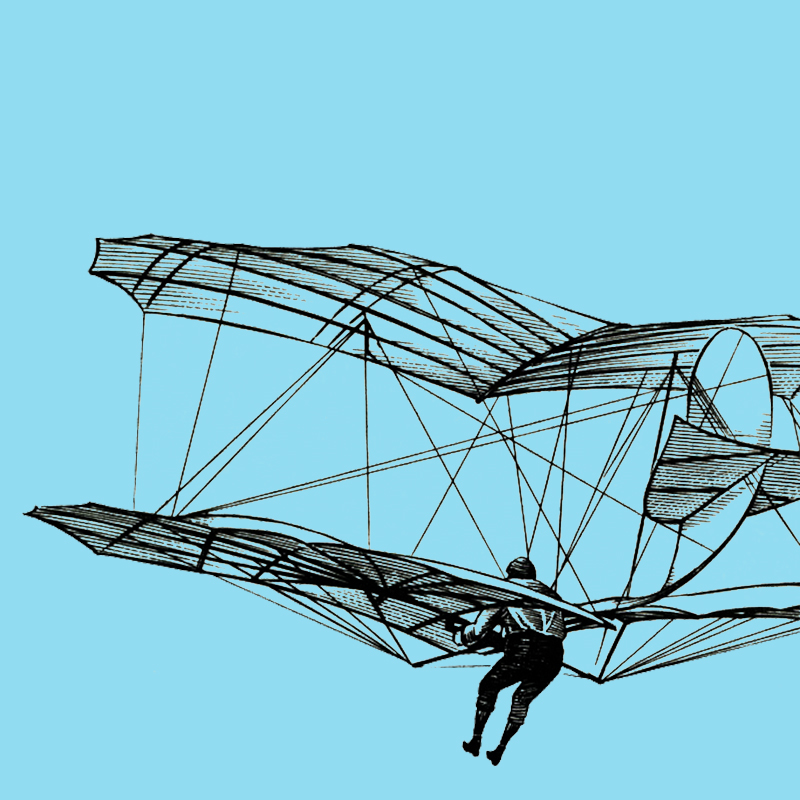It all started in a shed in Bremen, where Henrich Focke tinkered with model aircraft from an early age. In 1912 – aged just 22 – he achieved his first engine-powered flight. After studying mechanical engineering at Hanover University, he turned his fascination for flying into a career: partnering with his friend Georg Wulf, he founded Focke-Wulf-Flugzeugbau AG in Bremen in 1924. The company initially had the most success with small aircraft: the Focke-Wulf A16 is the earliest known rescue aircraft, which many airlines used successfully. Henrich Focke and his team continued to tinker and build: by 1933 they had made around 140 different types of aircraft.
28 seconds – a sensation in aviation history
When Henrich Focke refused to let his company work for the Nazis, he had to leave it. Not without a new idea: he started to specialize in helicopter development. His Fw-61 model took its first flight on June 26, 1936, rising to a height of 1.5 meters in a factory hall in Bremen. The whole flight lasted 28 seconds. A sensation!
By today’s standards, the Fw-61 was an unusual flying machine: its rotors were arranged at the side of the fuselage and rotated in opposite directions. The mini propeller at the front only served to cool the engine. The pilot controlled the flight angle and inclination by tilting the rotor blades.
Just one year later, the helicopter reached a record altitude of 2,400 meters and flew for 80 minutes. The Nazis saw Focke’s helicopter as a symbol of supposedly superior German engineering. The Nazis’ star pilot Hanna Reitsch unveiled it to the aviation community for the first time. In 1937, she set the world distance record in a helicopter with a flight of 109 kilometers.
After the war, Henrich Focke was taken to France as a prisoner of war and conscripted until 1948. As a consulting engineer, he continued to work on new helicopter projects, building, among other things, the prototype for the “Alouette”, an observation helicopter with a turbine engine that enjoyed much success later on and could carry up to four passengers. In 1948, Henrich Focke started an engineering firm in Bremen and also advised the British Ministry of Aviation in London until 1958. In 1952, the engineer developed the “Beija- Flor” helicopter in Brazil, which he refined at the German Borgward Automobilwerke under the name “Kolibri”, both names meaning “hummingbird”. He remained a keen researcher until his death in 1979, continuing to pursue aerodynamic studies and maintaining his passion for flying his whole life long.
(Image: COHAUSZ & FLORACK)




